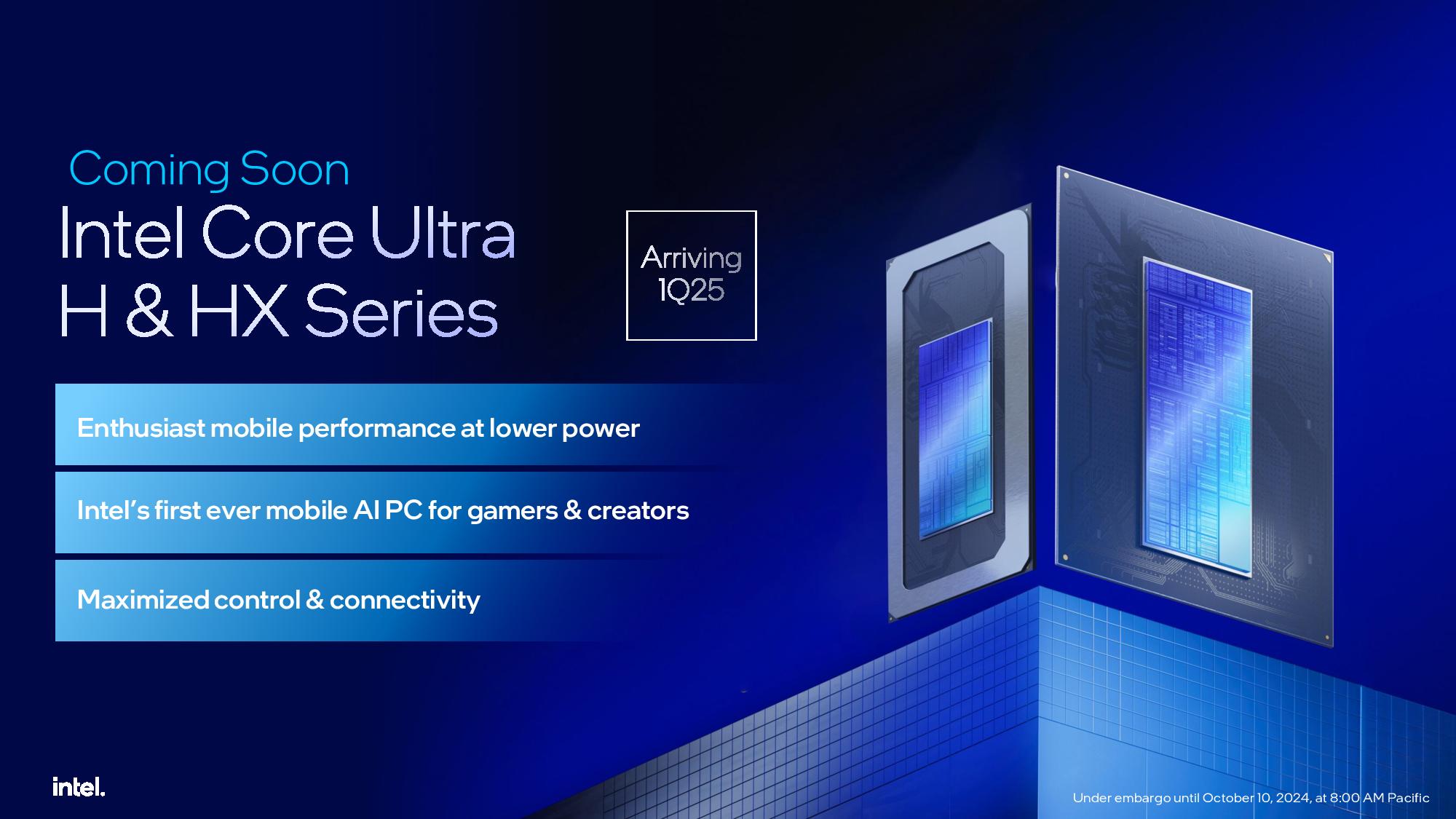
A mysterious new Intel Arc graphics engine has made an appearance on GFXBench, featuring significantly faster performance than Lunar Lake's latest Xe2-based Arc 140V iGPU. Shared on X by Michael (@miktdt), the GPU is listed as Arc 140T, and delivers a frame rate that was over 60% faster than the Arc 140V in GFXBench's OpenGL benchmark.
The X poster compared the 140T to two 140V SKUs, one featuring 16GB of memory and the other 8GB of memory. The 8GB counterpart outputted 6613 frames in total, representing an average frame rate of 106.7 FPS. The 16GB GPU produced a total of 6,839 frames, making for an average frame rate of 110.3 FPS. The Arc 140T produced significantly more frames, 11,056, resulting in an average frame rate of 178.3 and outperforming the 16GB 140V by 62%. Specs-wise, the 140T apparently carries the same amount of Xe Cores as the Arc 140V (eight Xe Cores).
There is an Arc 140T with 128 Compute units on gfxbench, any idea what this is? ARL-H Xe LPG Plus? pic.twitter.com/A69m5fb4V5October 20, 2024
Given the GPU's extremely similar nomenclature to the Arc 140V GPU powering some of Intel's Lunar Lake chips (not to mention the specs), the 140T is probably an integrated graphics unit rather than a discrete GPU like the Arc A770 or A750. The 140T may be the Arrow Lake-H/HX (mobile) version of Intel's Xe2 integrated graphics engine, which would explain the higher performance level we see from the 140T. Arrow Lake as a whole is optimized for performance, whereas Lunar Lake is optimized specifically for power efficiency.
Specifically, the 140T is most likely using higher-performance transistors than the 140V. Intel opted to use lower-power transistors in Lunar Lake's Xe2 iGPU, which purportedly reduces the architecture's performance potential compared to regular transistors. With "normal" or "high-power" transistors, Intel should be able to run higher clock speeds to boost performance. This change in transistor type would explain how the 140T seems to have such a massive advantage over the 140V, despite both GPUs sharing the same core specifications.
Intel has yet to confirm/announce all of these details, so take this information with a grain of salt. We will know more details about the 140T (or lack thereof) when Intel officially announces the mobile version of Arrow Lake (Arrow Lake-H/HX), which is slated to arrive early next year.







